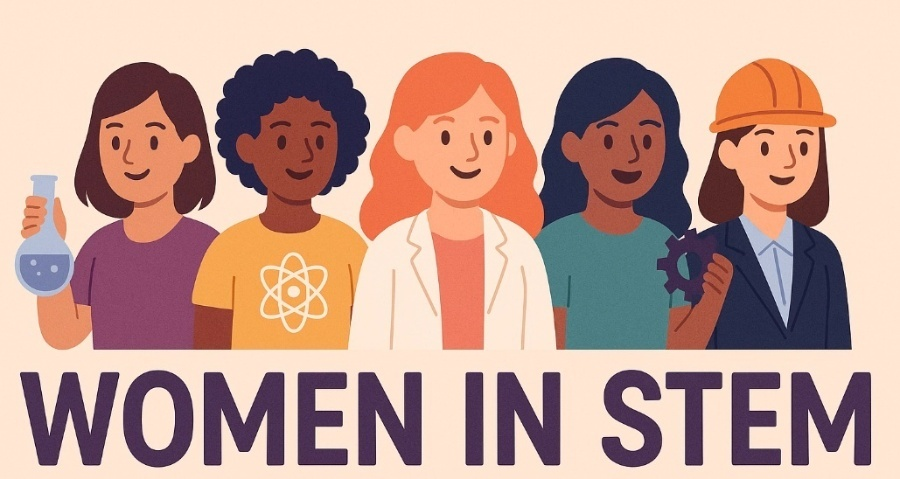Speaker
Description
The Gender Gap in Research and Development in Sri Lanka Nadira D. Karunaweera1,2, Rajika Dewasurendra2, Vidyani Kulatunga2 1 National Academy of Sciences of Sri Lanka, 2Department of Parasitology, Faculty of Medicine, University of Colombo, Sri Lanka Research and Development (R&D) sector plays a key role in Sri Lanka by improving the nation’s science and technology competencies, but the gender gap in the field remains a concern. This study reveals the persistence of the gender gap in Sri Lanka’s R&D workforce, providing a comprehensive analysis of gender distribution across disciplines, age groups, educational qualifications, employment sectors, and academic positions together with temporal trends. The analysis is based on published national data from Science & Technology and R&D surveys, including head counts and Full-Time Equivalent (FTE) values. Gender proportions were calculated across multiple categories: discipline, age, education, employment sector, academic positions, National Academy of Sciences fellows, and research students. Findings indicate a gradual narrowing of the gender gap in Sri Lanka’s R&D workforce over the years 1984 to 2022, with female representation rising from 23.9% in 1984 to 45.4% in 2022. Natural, agricultural, medical and social sciences show more balanced gender participation, while engineering remaining male-dominated. Both men and women are most represented in the 31-40 and 41-50 age groups in R&D and there is a consistent gender gap in all categories. The number of male researchers in all age categories has exceeded that of females from 2016 to 2022. There is a substantial increase in the educational advancement of both genders in R&D in Sri Lanka from 2004 to 2022. However, the number of male PhD holders outnumbers the female with same qualifications indicating a persistent gender gap in the highest academic qualification. Female representation in higher education teaching in Sri Lanka has steadily increased from 2010 to 2023. Nevertheless, a notable gender gap persists in senior academic ranks with positions such as professor and senior lecturer still predominantly held by males. State sector employment demonstrates a more balanced gender composition compared to the private sector. The number of female research students and Fellows of the National Academy Sciences of Sri Lanka are also on the rise. Overall data demonstrates that Sri Lanka’s R&D sector has made significant progress in reducing the gender gap over the past several decades. This study underscores the need for targeted policies to bridge gender gaps further, focusing more on selected fields of concern and promote inclusive innovation in Sri Lanka’s R&D sector achieving gender equality by maximizing talent and driving sustainable national development.

